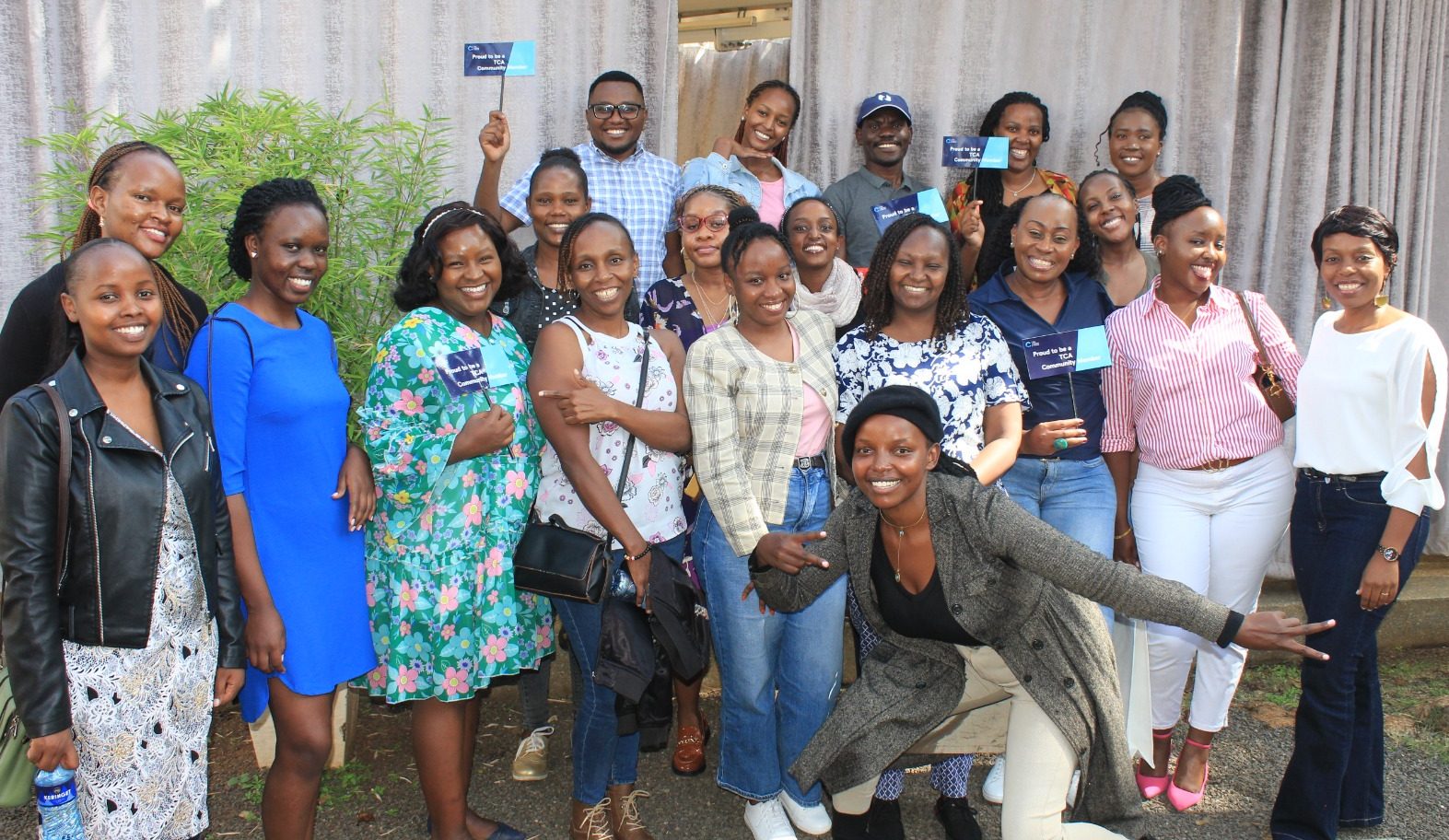by Jade-Candice Wambui.
TCA Kenya Chapter hosted its highly anticipated hangout on Saturday 1st June 2024 at iHit in Nairobi. The event attended by TCA community members and other Communications professionals served as a fun and relaxed opportunity for participants to network, learn from each other, and delve into the world of Internal Comms in line with the theme Navigating Internal Communications.
The hangout started with welcome remarks by Grace Thuo, Kenya Chapter Co-Lead, alongside an introduction to TCA’s work and TCA Kenya Chapter’s journey thus far by Evalyne Awuor, Kenya Chapter Lead.
This was followed by an interactive ice-breaker session led by panel moderator Charity Mbithe, who then ushered the group into the first panel session. Barbara Kiambi, Communications Advisor, Swisscontact CESAF Region and Wageni Kimani, Manager, Brand & External Communication, KRA (formerly Manager, Internal Communication) served as the sessions’ panelists and shared brilliant and profound insights based on their experiences in Internal Communications.
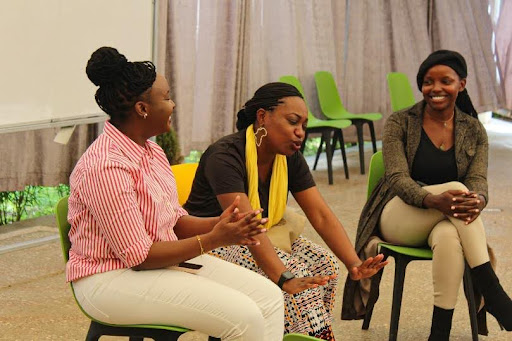
The first session primarily focused on what the implementation of Internal Communications in a hierarchical organisation looks like. From the start of the conversation, it was evident that for Internal Communications to succeed especially in multi-tiered businesses, intentionality in planning and execution is key.
From the communication channels selected to the language and design, every element of Internal Communications has an intended purpose that builds to its overall impact through meeting employees where they are. Barbara emphasised that impactful Internal Communications is all about meeting employees where they are.
In order to do so, having leadership buy-in is very important. How does one make this happen? “You need to speak the business’ language. That’s where the intertwining of your strategy to the business goals happens.”
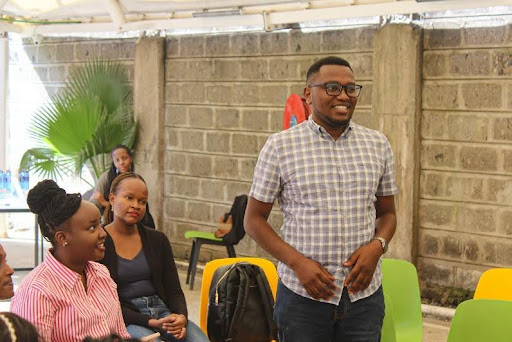
A good Internal Communications strategy and execution begins with a good contextual understanding of an organisation. On this, Wageni shared, “The uniqueness I have found in Internal Communications is that it’s not a one-shoe-fits-all fix or magic bullet. It’s not a copy-paste endeavour. It lives in an environment where the audience is very unique from one organisation to the other.
So, the work is to figure out the answers to questions like what is the organisational culture? How do we communicate within this context? Is it effective? Is it measurable? What does success look like?
As Barbara alluded, Internal Communications does not exist in isolation. It’s there to support where the organisation is going. So, the question for the practitioner is what is the gap I am coming to fill? What is the problem I am coming to solve?” It is clear that the answers to all these questions are contingent on understanding the organisation and various spaces Internal Communications practitioners fall within.
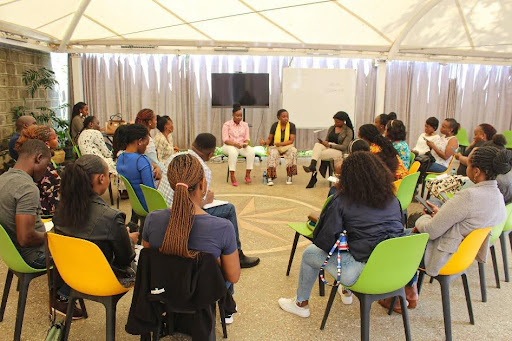
The second panel session explored the ins and outs of measuring Internal Communication’s effectiveness, increasing Employee Engagement and the relationship between AI and Internal Communications.
When it came to measuring success, there was an emphasis from both panelists that measurements and data are essential to speak to leadership and showcase the value and impact of Internal communication on the overall business.
To develop in this regard, Wageni shared that from her own experience, one can create a baseline with starting points, like surveys, and from there, develop point margins to help improve the effectiveness of their Internal Communications strategy and implementation.
Regarding reaching out to employees for feedback, Barbara emphasised the need for professionals to be strategic in their approach to avoid ending up in a situation of “fatigue response” which can affect the quality of responses shared.

On employee engagement, getting employees involved in Internal Communications initiatives is a great way to get them invested. One of the ways shared was getting employees from different departments to host the organisation’s quarterly Town Halls.
Another strategy shared was the use of online meeting attendance reports from platforms such as Microsoft Teams to understand employee log-on and log-off patterns to help develop agendas for hybrid/virtual events and meetings better suited to cover the most important bases when attendance is highest and also to improve other meeting elements such as its duration.
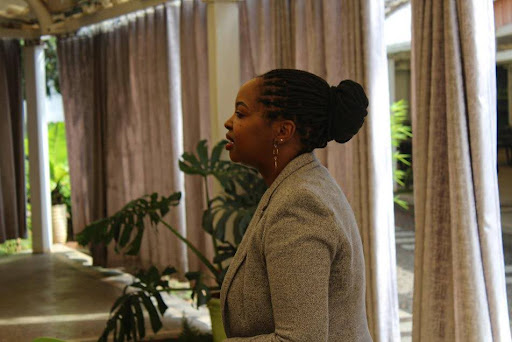
The session then evolved from the panel to a general discussion where attendees got to ask questions and share their insights into relevant topics such as AI. The general takeaway from the AI conversation was that although the integration of AI is inevitable, it would be best for Communications professionals to use it as a support tool rather than a thinking tool.
Overall, the hangout was full of rich and wonderful sessions that served as a powerful lesson and reminder of the immense value that Internal Communications holds as an asset for meaningful and impactful success for employees and organisations alike.

